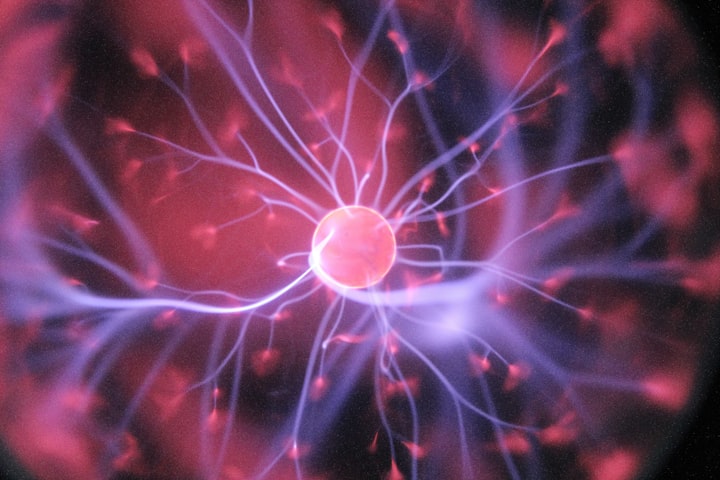
Pinpointing the Precarious Moment in Human History: When Extinction Loomed Large
Introduction
Humanity's history is a tapestry woven with countless threads of survival and resilience. Over millennia, our species has faced numerous challenges and threats, but none may have been as perilous as the moment when extinction hung in the balance. Recent scientific research has provided valuable insights into a critical juncture in our history when humanity almost teetered on the brink of extinction. In this essay, we will delve into the findings and implications of this research, exploring the circumstances that nearly led to our extinction and reflecting on the profound lessons we can glean from this precarious moment.
The Toba Catastrophe Theory
One of the most prominent theories that attempts to pinpoint the moment when humanity almost faced extinction is the Toba Catastrophe Theory. This hypothesis suggests that around 74,000 years ago, a supervolcanic eruption occurred at Lake Toba in present-day Indonesia, causing a catastrophic environmental event with global consequences. According to this theory, the eruption expelled a massive amount of ash and volcanic gases into the atmosphere, leading to a volcanic winter, a significant drop in global temperatures, and widespread ecological disruptions.
The Implications of the Toba Eruption
The Toba eruption's environmental impact would have been devastating. The volcanic winter would have disrupted ecosystems, led to crop failures, and caused a dramatic decline in food sources for both humans and other species. The ensuing cold temperatures and reduced sunlight would have also affected human migration patterns and made survival extremely challenging. These factors combined could have pushed humanity to the brink of extinction.
Genetic Bottleneck
The most intriguing aspect of the Toba Catastrophe Theory is its potential impact on human genetics. Researchers suggest that the environmental challenges posed by the Toba eruption may have led to a genetic bottleneck in the human population. During such an event, the size of a population drastically reduces, resulting in a limited gene pool. This genetic bottleneck could explain the low genetic diversity observed in modern humans.
Geneticists have identified a genetic marker known as the "Toba bottleneck" in the human genome, which suggests that the human population may have shrunk to a relatively small number of individuals during this critical period. This reduction in genetic diversity could have had significant implications for our species' ability to adapt and survive in the face of future challenges.
Survival Strategies
Despite the challenges posed by the Toba eruption, it appears that our ancestors employed various survival strategies that enabled them to weather the environmental crisis. For instance, evidence suggests that some human populations migrated to more temperate regions, seeking refuge from the harsh conditions caused by the volcanic winter. This dispersion may have allowed small groups of humans to survive and eventually repopulate the planet.
Furthermore, the development of sophisticated tools and social structures could have played a crucial role in our ancestors' survival. These advancements likely facilitated resource acquisition, food sharing, and cooperation among small groups of humans, enhancing their chances of survival in a harsh and unforgiving environment.
Lessons Learned
The study of the Toba Catastrophe Theory and its potential impact on human history offers several valuable lessons for humanity:
Resilience: Our species has a remarkable capacity for resilience and adaptation. Despite facing a catastrophic event, our ancestors persevered, diversified, and ultimately thrived.
Interconnectedness: The Toba eruption's global consequences underscore the interconnectedness of ecosystems and the importance of environmental stewardship. Humanity's survival is intrinsically linked to the health of our planet.
Genetic Diversity: The Toba bottleneck highlights the importance of genetic diversity in ensuring the long-term survival and adaptability of a species. Preserving genetic diversity remains crucial for the future of humanity.
Preparedness: The near-extinction event of 74,000 years ago serves as a stark reminder of the potential for cataclysmic natural disasters. It underscores the importance of preparedness and proactive measures to mitigate future threats.
Conclusion
The moment in human history when we almost faced extinction, as hypothesized by the Toba Catastrophe Theory, offers a fascinating glimpse into the resilience and adaptability of our species. It highlights the critical role of genetic diversity, migration, and cooperation in our survival. Moreover, it serves as a cautionary tale about the fragile balance of our planet's ecosystems and the potential consequences of environmental disruptions.
As we reflect on this precarious moment in our history, we must draw inspiration from our ancestors' ability to overcome adversity and learn from their survival strategies. We must also recognize the importance of preserving biodiversity, mitigating environmental risks, and preparing for the challenges that the future may hold. By doing so, we can ensure that the thread of human history continues unbroken, weaving a tapestry of resilience, innovation, and hope for generations to come.





Comments
There are no comments for this story
Be the first to respond and start the conversation.